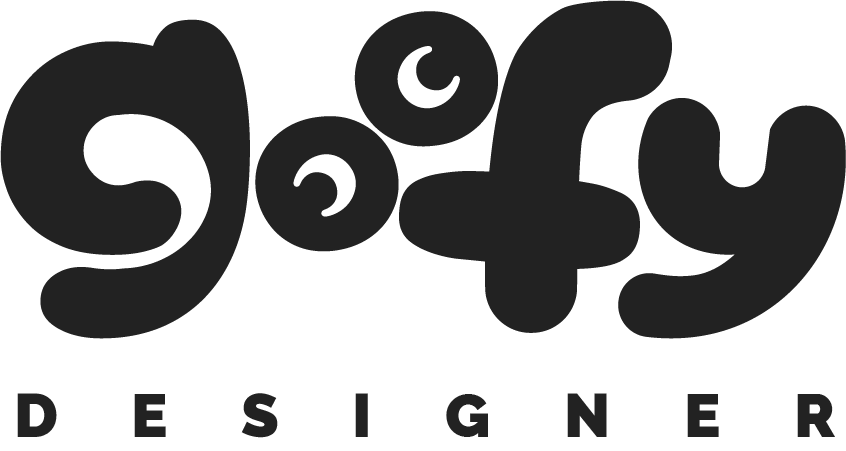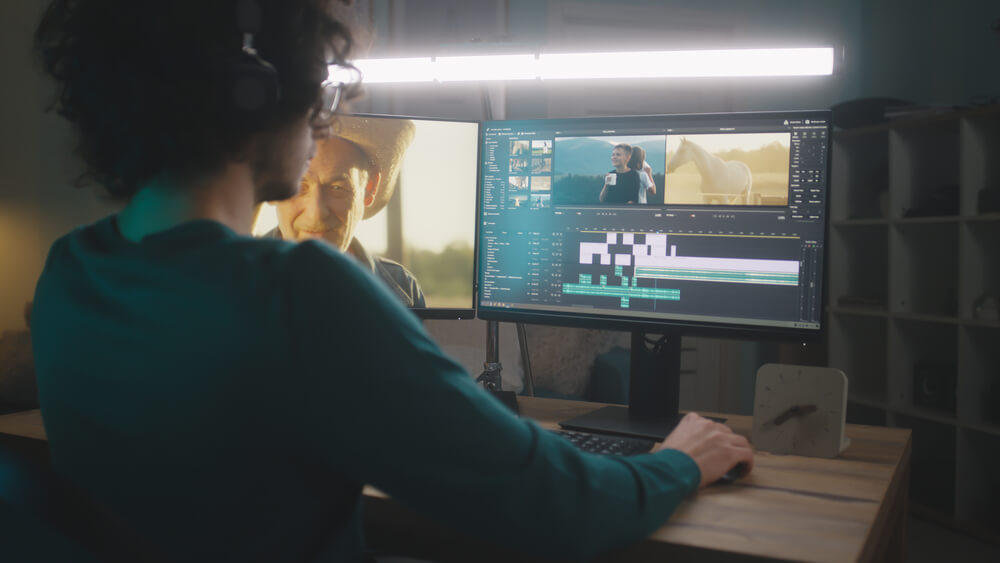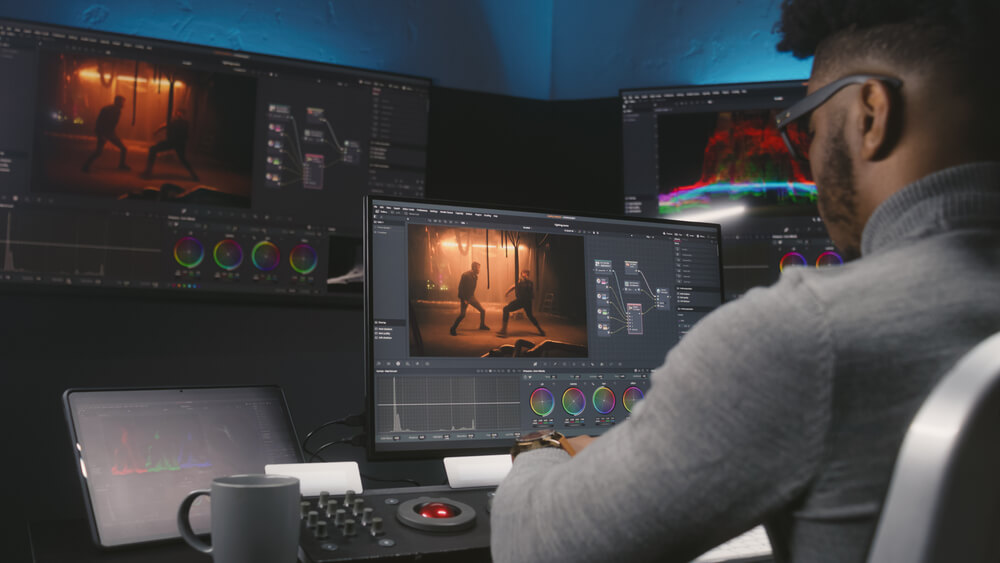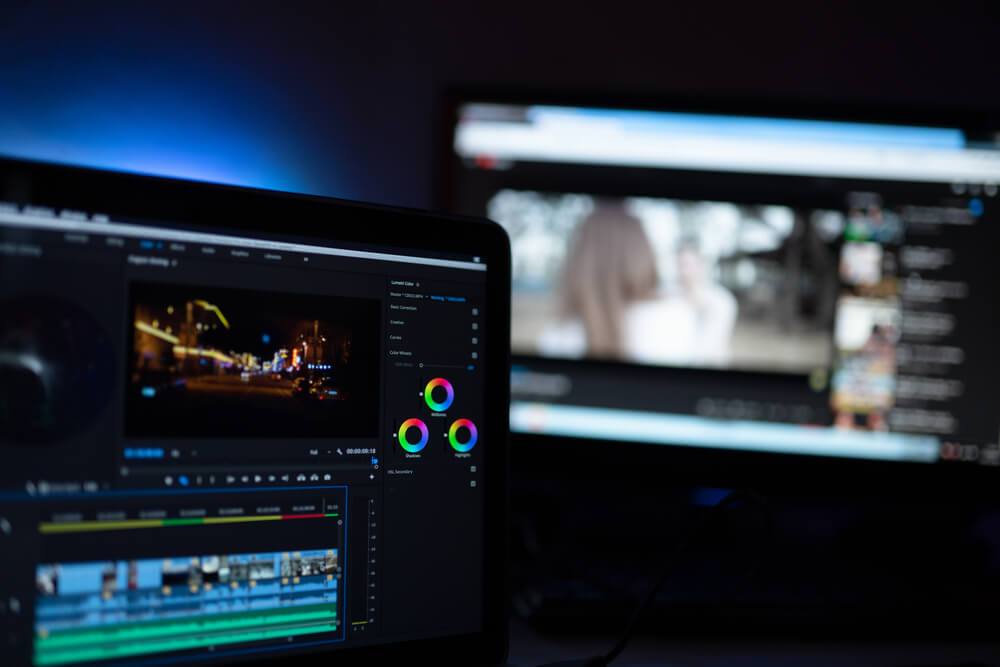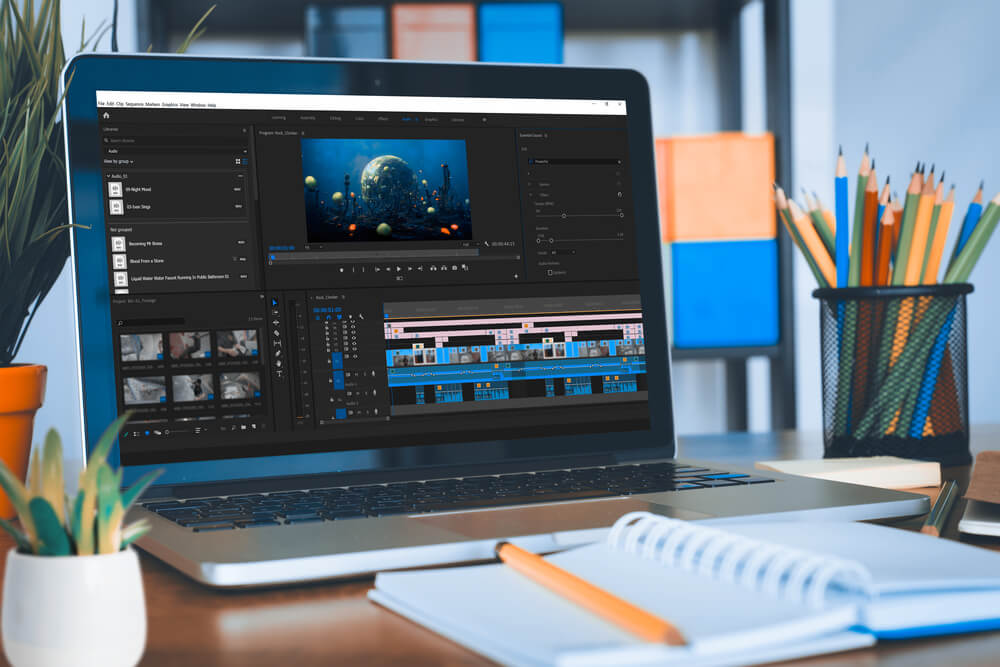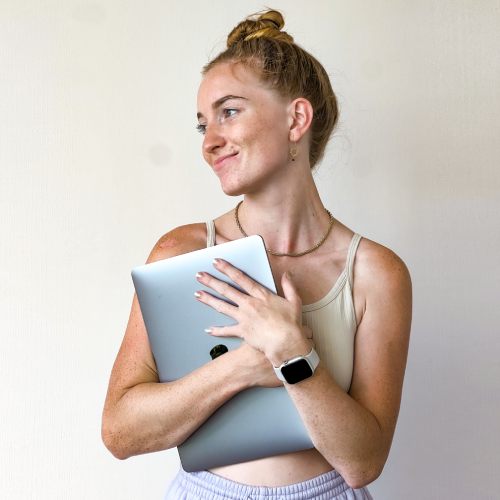These are just the four fonts I think are the most similar. But, I've included 21 fonts below to get your creative juices going. You'll find direct comparisons to help you make your decision.
I love using Avenir for branding and advertising. You'll find it regularly on cell phone keypads and similar items. However, it does look a bit boring, especially when used heavily. That's why I think shaking things up every so often is helpful.
TOP 21 fonts similar to Avenir
- Montserrat – Free: Google Fonts
- Lato – Free: Google Fonts
- Nunito – Free: Google Font
- Muli – Free
- Roboto – Free: Google Font
- Open Sans – Free: Google Font
- Raleway – Free: Google Font
- PT Sans – Free: Google Font
- Source Sans 3 – Free: Google Font
- Proxima Nova – Paid
- Gotham – Paid
- Neue Haas Grotesk – Paid
- Gilroy– Paid
- Museo Sans – Paid
- Noir Pro – Free
- Figtree – Free: Google Font
- Manrope – Free: Google Font
- Mulish – Free: Google Font
- Bebas Neue – Free: Google Font
- Lora – Free: Google Font
- Futura – Paid
Montserrat


- Free or Paid: Free – Google Font
- How many styles: Total 18 styles = 9 upright weights & 9 italics (thin, extralight, light, regular, medium, semibold, bold, extrabold & black).
- Usually used for: Contemporary designs like logos and headlines. Also commonly used for website and app interfaces.
- Summary: Montserrat is similar to Avenir because both fonts are clean, geometric sans serifs with simple letterforms and relaxed spacing.
Lato


- Free or Paid: Free – Google Font
- How many styles: Total 10 styles = 5 upright & 5 italics weights (thin, light, regular, bold & black).
- Usually used for: Corporate designs and digital media due to its semi-rounded details and structure. It's a preferred choice for user interfaces and web design.
- Summary: Just like Avenir, Lato is a versatile sans serif font that is easy to read and works well in both print and digital applications.
Nunito


Free or Paid: Free – Google Font
How many styles: Total 18 styles = 9 upright & 9 italics weights (extralight, light, regular, medium, semibold, bold, extrabold, black & weight).
Usually used for: Children's products and creative designs due to its rounded, friendly letterforms. It's also used in web and app design because of its readability.
- Summary: Nunito is a modern sans serif font with a humanist touch. It is similar to Avenir in terms of its clean, geometric design, but it has a slightly more rounded appearance.
Muli


- Free or Paid: Free by Vernon Adams
- How many styles: Total 10 styles = 5 weights + matching italics (extralight, light, regular, semibold & bold).
- Usually used for: Web design and digital displays due to its minimalist and modern style. It's often seen in web and mobile applications.
- Summary: Muli is a sans serif font with a geometric base and humanist details. It is similar to Avenir in terms of its overall appearance, but it has a slightly more relaxed feel.
Roboto


- Free or Paid: Free – Google Font
- How many styles: Total 12 styles = 6 classic upright & 6 matching italics (thin, light, regular, medium, bold & black).
- Usually used for: Android OS and Google services typography. Also often used in modern website and app designs.
- Summary: Roboto is a sans serif font designed by Google. It is similar to Avenir in terms of its clean, geometric design, but it has a slightly more technical appearance.
Open Sans


- Free or Paid: Free – Google Font
- How many styles: Total 12 styles = 6 upright & 6 italics (light, regular, medium, semibold, bold & extrabold).
- Usually used for: Web and mobile interfaces due to its legibility at small sizes. Also, it's a popular choice for print materials.
- Summary: Open Sans is a sans serif font designed by Steve Matteson. It is similar to Avenir in terms of its clean, geometric design, but it has a slightly more informal appearance.
Raleway


- Free or Paid: Free – Google Font
- How many styles: Total 18 styles = 9 upright & 9 italics (thin, extralight, light, regular, medium, semibold, bold, extrabold & black).
- Usually used for: Elegant and stylish headings. It is also popular for use in website body text.
- Summary: Raleway is a sans serif font with a geometric base and a touch of Art Deco flair. It is similar to Avenir in terms of its overall appearance, but it has a slightly more playful feel.
PT Sans


- Free or Paid: Free – Google Font
- How many styles: Only 4 styles = regular & regular italics + bold & bold italics.
- Usually used for: Interfaces, informative texts, and signage due to its clarity and openness. It's also seen in academic and government documents.
- Summary: PT Sans is a sans serif font designed by Piotr Trzaskalski. It is similar to Avenir in terms of its clean, geometric design, but it has a slightly more traditional appearance.
Source Sans 3


- Free or Paid: Free – Google Font
- How many styles: Total 16 styles = 8 upright weights & 8 italics (extralight, light, regular, medium, semibold, bold, extrabold & black).
- Usually used for: User interfaces and code editing environments as it was Adobe’s first open-source font. It's also widely used in web design and digital media.
- Summary: Source Sans is a sans serif font designed by Paul D. Hunt. It is similar to Avenir in terms of its clean, geometric design, but it has a slightly more condensed appearance.
Proxima Nova


- Free or Paid: Paid – by Adobe
- How many styles: Total 80 styles = But there are 16 “classic” Proxima Nova fonts – 8 upright and 8 italics (thin, light, regular, medium, semibold, bold, extrabold & black). Then it has more styles – like condensed, extra condensed, wide and extra wide + all of these come in different weights & both italics and upright.
- Usually used for: Web design and digital applications because of its balance between modern proportions and geometric appearance. It's also often used in graphic design and signage.
- Summary: Proxima Nova is a sans serif font designed by Mark Simonson. It is similar to Avenir in terms of its clean, geometric design, but it has a slightly more angular appearance.
Gotham


- Free or Paid: Paid – Hoefler & Co
- How many styles: Total 66 styles = But there are 16 “classic” Gotham fonts – 8 upright and 8 italics (thin, extralight, light, book, medium, bold, black & ultra). Then there are 50 more styles of this font – like Narrow, Extra Narrow or Condensed, and all of these come in different weights and both italics and upright.
- Usually used for: Corporate identities and logos. It's often used in graphic designs and architectural presentations.
- Summary: Gotham is a sans serif font designed by Hoefler & Co. It is similar to Avenir in terms of its clean, geometric design, but it has a slightly more urban appearance.
Neue Haas Grotesk


- Free or Paid: Paid – by Monotype
- How many styles: Total 16 styles = 8 weights + all in matching italics (ultrathin, thin, extralight, light, roman, medium, bold & black).
- Usually used for: Corporate branding and advertising for its sophisticated and timeless design. This font is a predecessor of Helvetica and is also commonly used in print materials.
- Summary: Neue Haas Grotesk is similar to Avenir because both fonts are geometric sans serifs with a high x-height. However, Neue Haas Grotesk has a more traditional appearance.
Gilroy


- Free or Paid: Paid, but the Light & ExtraBold weights are free
- How many styles: Total 20 styles = 10 weights + matching italics (thin, ultralight, light, regular, medium, semibold, bold, extrabold, black & heavy).
- Usually used for: Modern branding and advertising campaigns because of its geometric and modern style. It is also commonly used in digital design.
- Summary: Just like Avenir, Gilroy is a geometric sans serif with a clean, modern design. However, Gilroy has a slightly more condensed appearance.
Museo Sans


- Free or Paid: Paid – Exljbris Font Foundry
- How many styles: Total 37 styles = But it has 10 primary “classic” fonts: 5 weights (100, 300, 500, 700 & 900) + matching italics. And then it has many other styles like Display, Rounded or Condensed in both upright and italics + different weights.
- Usually used for: Graphic design projects for its balanced and readable character. Museo Sans is often chosen for advertisements and marketing materials.
- Summary: Museo Sans is a sans serif font designed by Jost Elffers. It is similar to Avenir in terms of its clean, geometric design, but it has a slightly more classical appearance.
Noir Pro


- Free or Paid: Free – DA Fontfile
- How many styles: Total 6 styles = Thin, Light, Regular, Medium, Semibold, and Bold
- Usually used for: Used for headlines, titles, posters, and branding. It has a modern and elegant look, and it is well-suited for use in large sizes.
- Summary: Noir Pro is a sans serif font designed by Jean-Baptiste Morisse. It is similar to Avenir in terms of its clean, geometric design, but it has a slightly more dramatic appearance.
Figtree


- Free or Paid: Free – Google Fonts
- How many styles: Total 14 styles = Light, Light Italics, Regular, Regular Italics, Medium, Medium Italics, Semibold, Semibold Italics, Bold, Bold Italic, ExtraBold, ExtraBold Italics, Black, Black Italic
- Usually used for: Often used for display, headlines, logos, and packaging. It has a classic and timeless look, and it is well-suited for use in both print and digital media.
- Summary: Figtree is a sans serif font designed by Ben Jones. It is similar to Avenir in terms of its clean, geometric design, but it has a slightly more organic appearance.
Manrope


- Free or Paid: Free – Google Fonts
- How many styles: Total 7 styles = ExtraLight, Light, Regular, Medium, Semibold, Bold, ExtraBold
- Usually used for: Frequently used for display, headlines, logos, and packaging. It has a geometric and modern look, and it is well-suited for use in a variety of settings.
- Summary: Manrope is a sans serif font designed by Christian Schwartz. It is similar to Avenir in terms of its clean, geometric design, but it has a slightly more playful appearance.
Mulish


- Free or Paid: Free – Google Fonts
- How many styles: Total 16 styles = ExtraLight, Light, Regular, Medium, Semibold, Bold, ExtraBold – and all available in italic, as well.
- Usually used for: Used for display, headlines, logos, and packaging. It has a clean and minimalist look, and it is well-suited for use in both print and digital media.
- Summary: Mulish is a sans serif font designed by Vernon Adams. It is similar to Avenir in terms of its clean, geometric design, but it has a slightly more condensed appearance.
Bebas Neue


- Free or Paid: Free – Google Fonts
- How many styles: Total 1 style = Regular
- Usually used for: Used for display, headlines, logos, and packaging. It has a retro and vintage look, and it is well-suited for use in a variety of settings.
- Summary: Bebas Neue is a sans serif font designed by Ryoichi Tsunekawa. It is similar to Avenir in terms of its clean, geometric design, but it has a slightly more retro appearance.
Lora


- Free or Paid: Free – Google Fonts
- How many styles: Total 8 styles = Regular, Regular Italic, Medium, Medium Italic, SemiBold, SemiBold Italic, Bold, Bold Italic
- Usually used for: Used for body text, paragraphs, magazines, and books. It has a classic and elegant look, and it is well-suited for use in long passages of text.
- Summary: Lora is a serif font designed by Carol Twombly. It is similar to Avenir in terms of its clean, geometric design, but it has a slightly more traditional appearance.
Futura


- Free or Paid: Paid – by Linotype
- How many styles: Total 22 styles = It has 12 primary fonts – 6 weights + matching obliques (light, book, medium, heavy, bold, extrabold). Then it has some condensed styles – both upright and oblique. And 2 extra fonts – Futura Black and Futura Display.
- Usually used for: Logos and branding because of its clean, geometric shapes. It's also seen in posters and advertising.
- Summary: Futura is similar to Avenir because both fonts are geometric sans serifs with simple letterforms and a high x-height. However, Futura has a more geometric appearance.
Is Avenir Free or Paid?
Avenir is a commercial font, which means you will need to purchase a license to use it. There are several free alternatives, like Roboto and Open Sans.
How Many Styles Does Avenir Have?
The original Avenir font family has 6 weights, each with a roman and italic version, for a total of 12 fonts. The weights are light, book, roman, medium, heavy, and black.
In 2007, a revised version of Avenir was released called Avenir Next. Avenir Next has 24 fonts, including 6 weights in both roman and italic, as well as condensed and expanded widths.
What is Avenir Mostly Used For?
Avenir is a versatile font that can be used for a variety of purposes. It is often used for body text in print and digital applications, as it is both legible and stylish. Avenir is also a popular choice for headlines and titles, as it can be used to create a strong visual impact.
It is a popular choice for print publications, such as magazines, newspapers, and books. It is also used for branding and marketing materials.
Avenir History
Avenir is a geometric sans-serif typeface designed by Adrian Frutiger in 1987 and released in 1988 by Linotype GmbH. The word “avenir” is French for “future”. As the name suggests, the family takes inspiration from the geometric style of sans-serif typeface developed in the 1920s that took the circle as a basis, such as Erbar and Futura.
Frutiger began work on Avenir in 1983, after being commissioned by the French National Railways (SNCF) to design a new corporate typeface. Frutiger wanted to create a font that was both modern and timeless, and that would be suitable for a variety of applications.
Conclusion
Avenir is a popular font, but it's not the only option out there. If you're looking for a similar font with a bit of a twist, then one of the fonts above should help you out. I particularly recommend Montserrat, Lato, and Nunito, especially if you're trying to get as close to Avenir as possible. They're a bit more imaginative and unusual, though they are still extremely similar to Avenir.
Of course, there are many other great fonts out there that are similar to Avenir. The best way to find the right font for your project is to experiment and see what works best.
